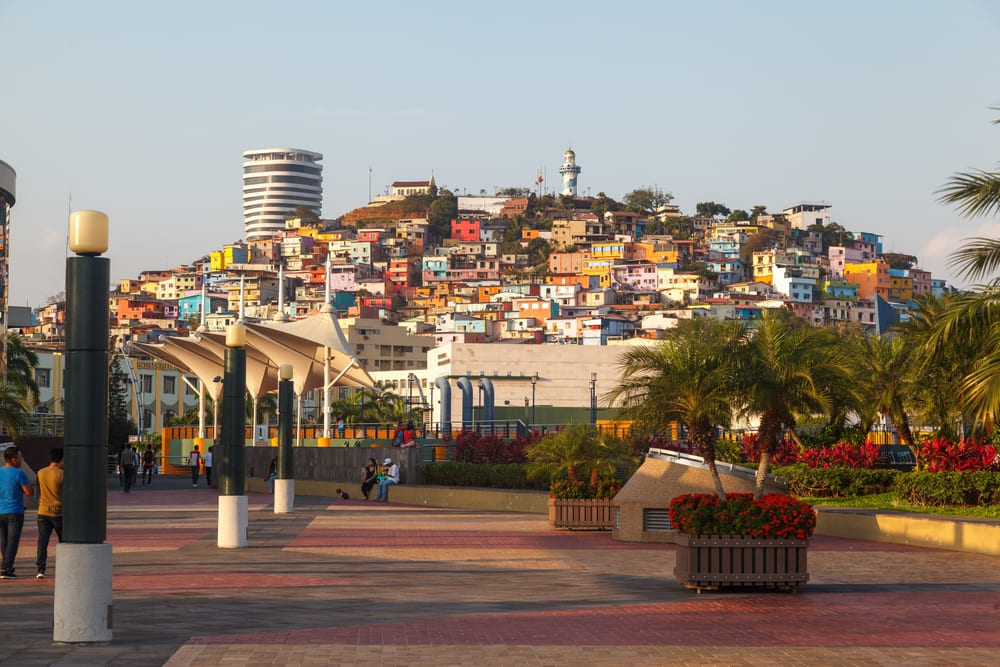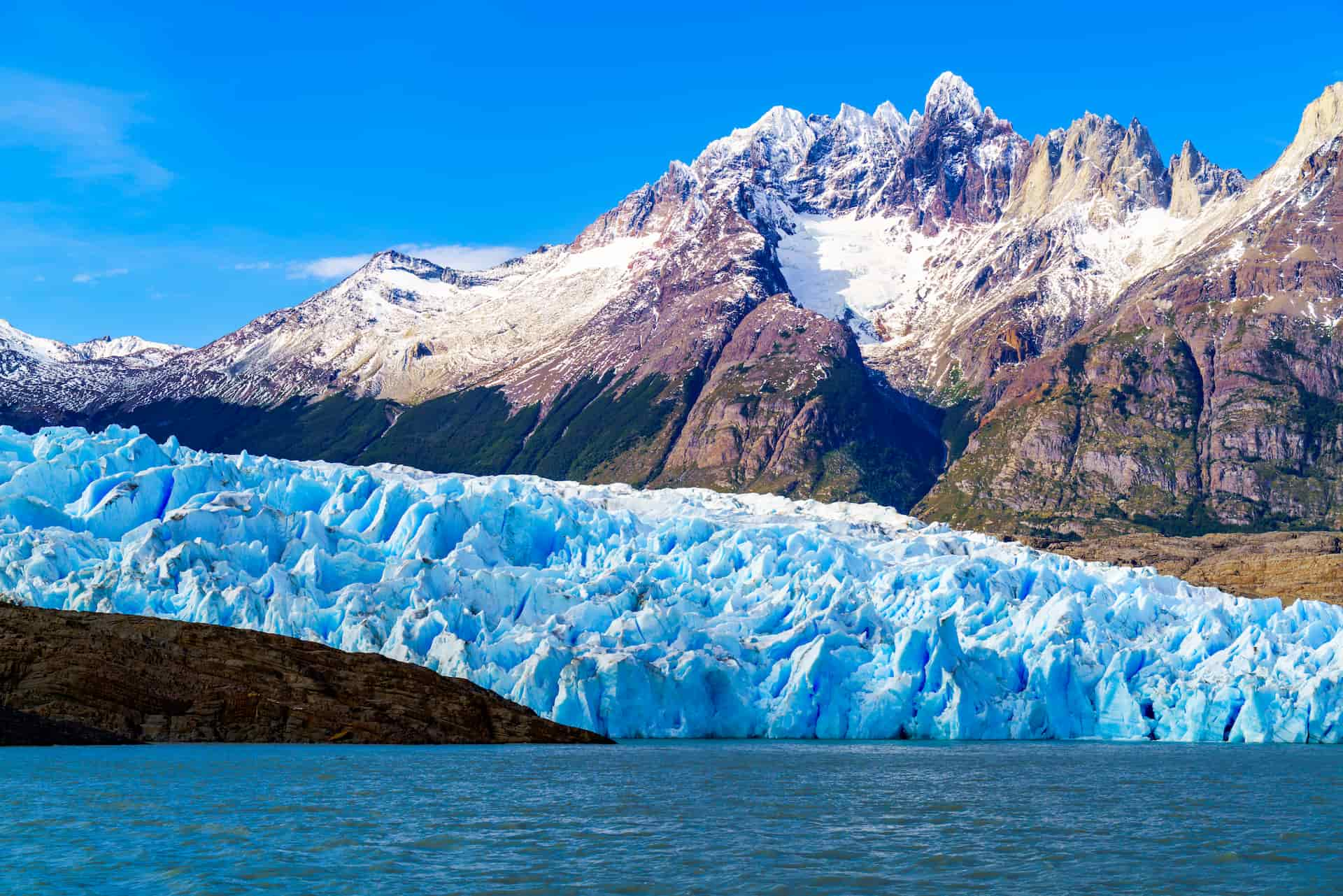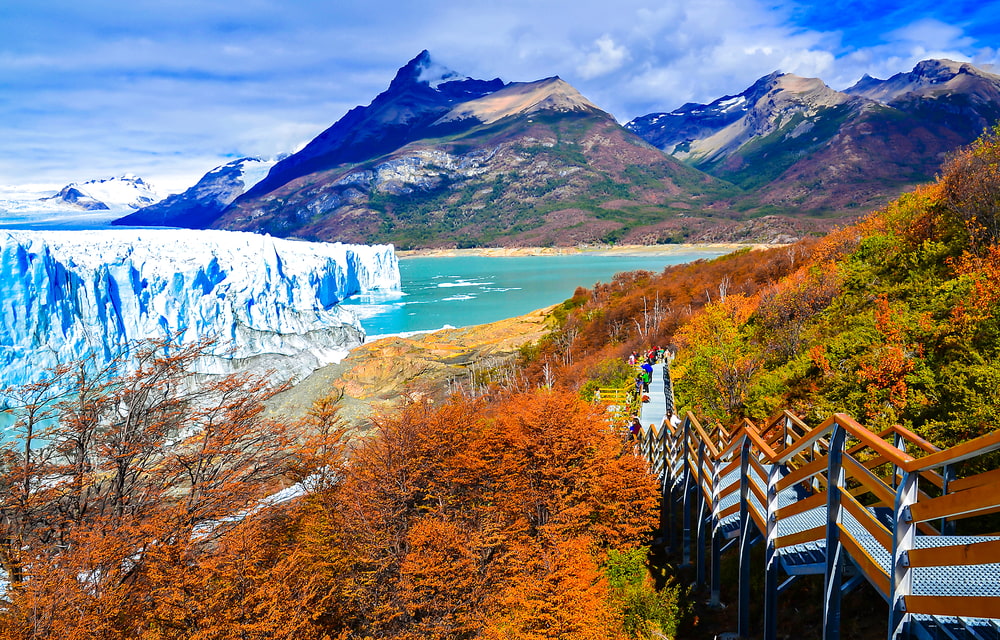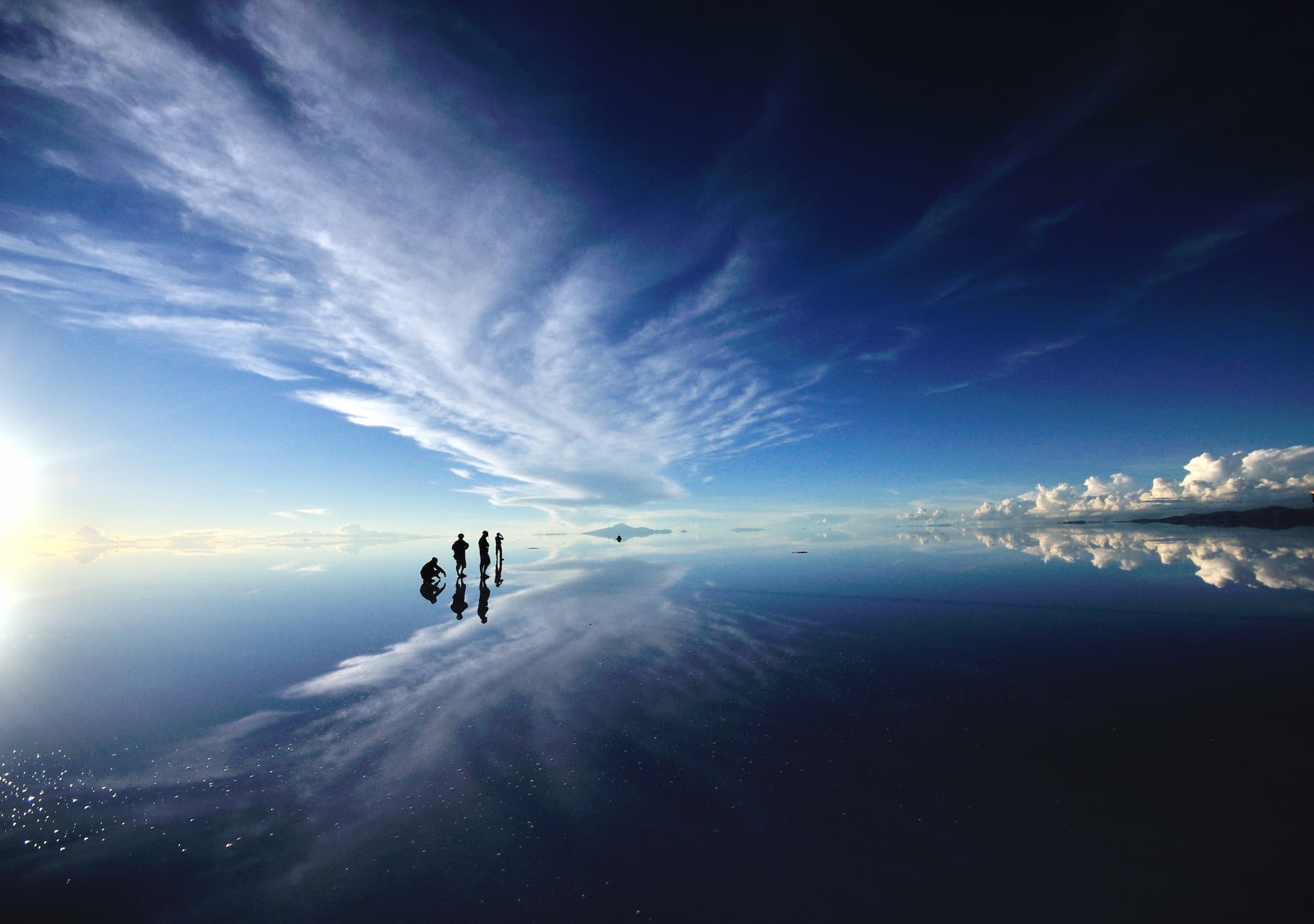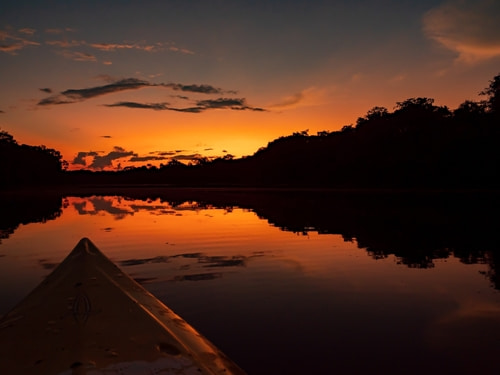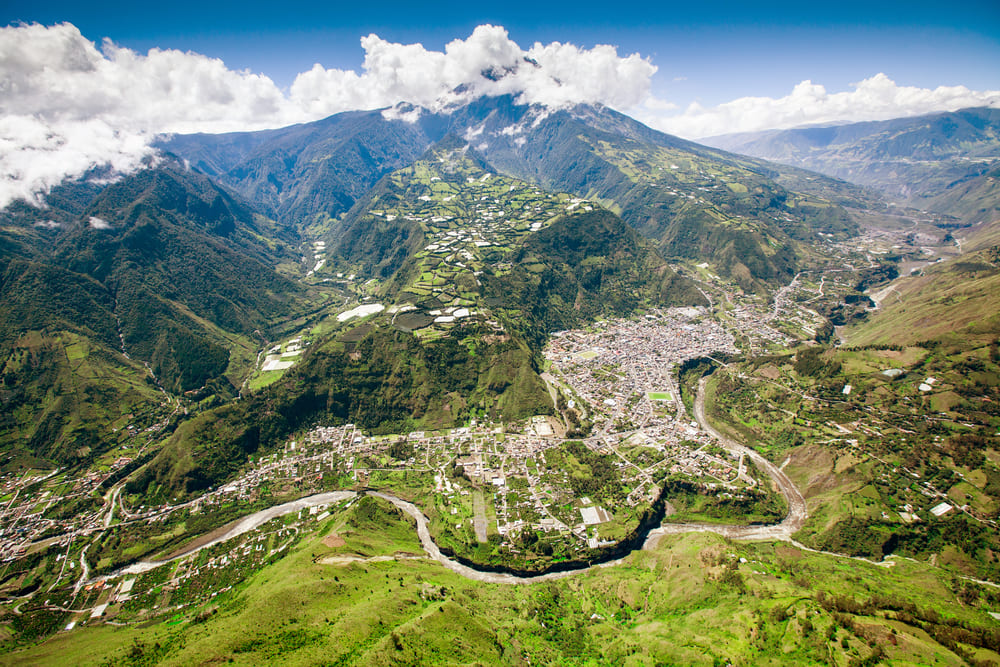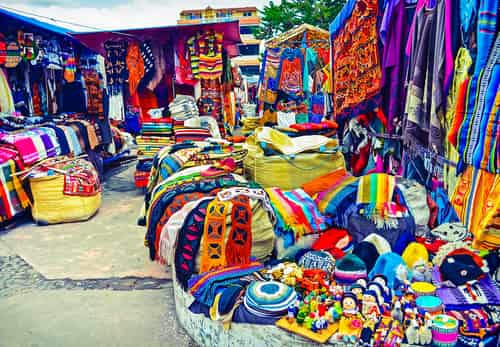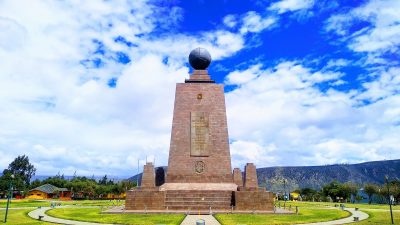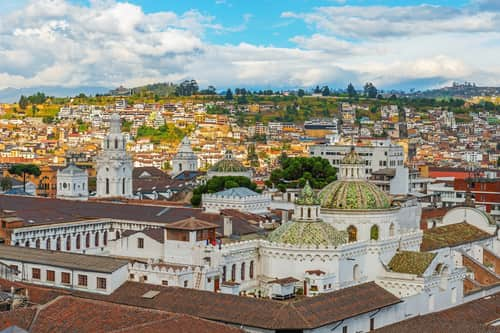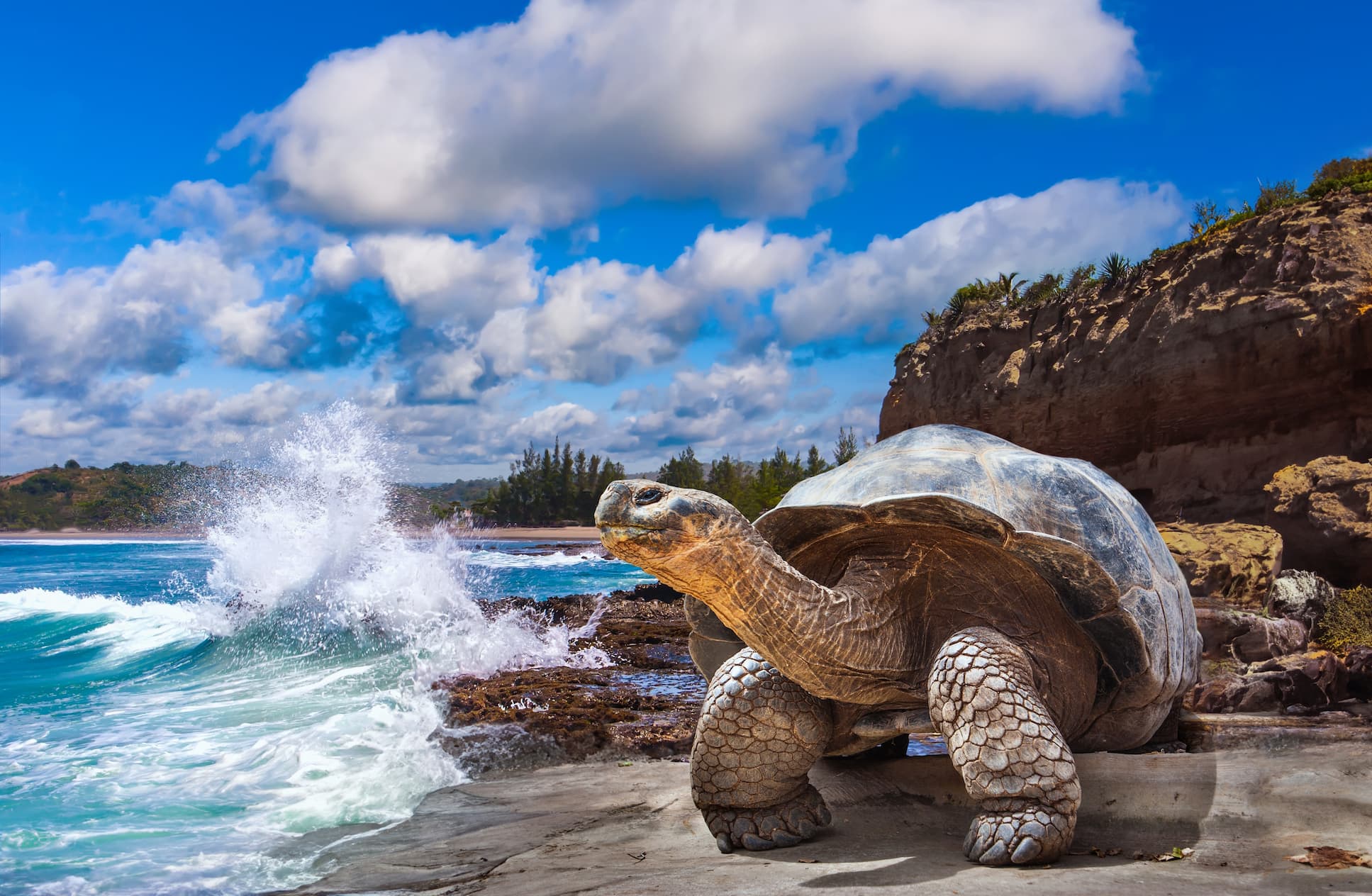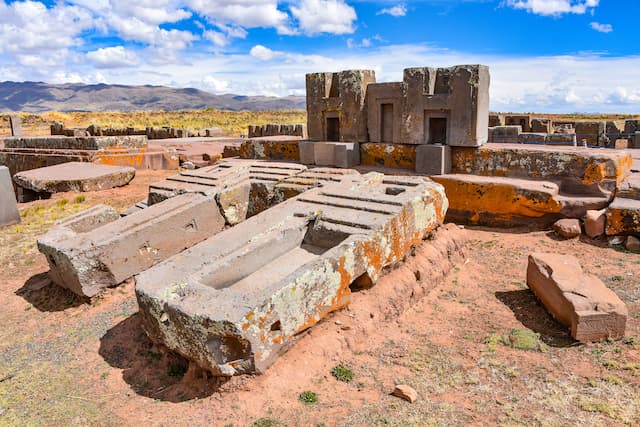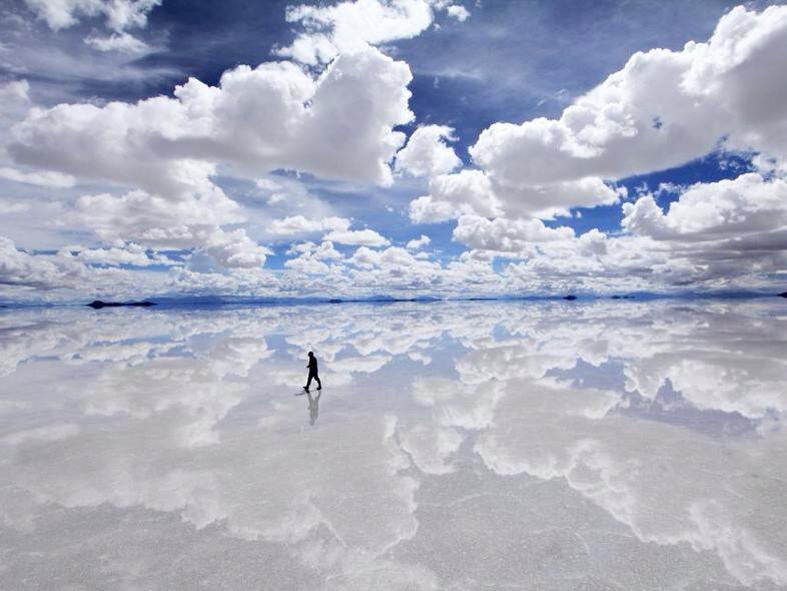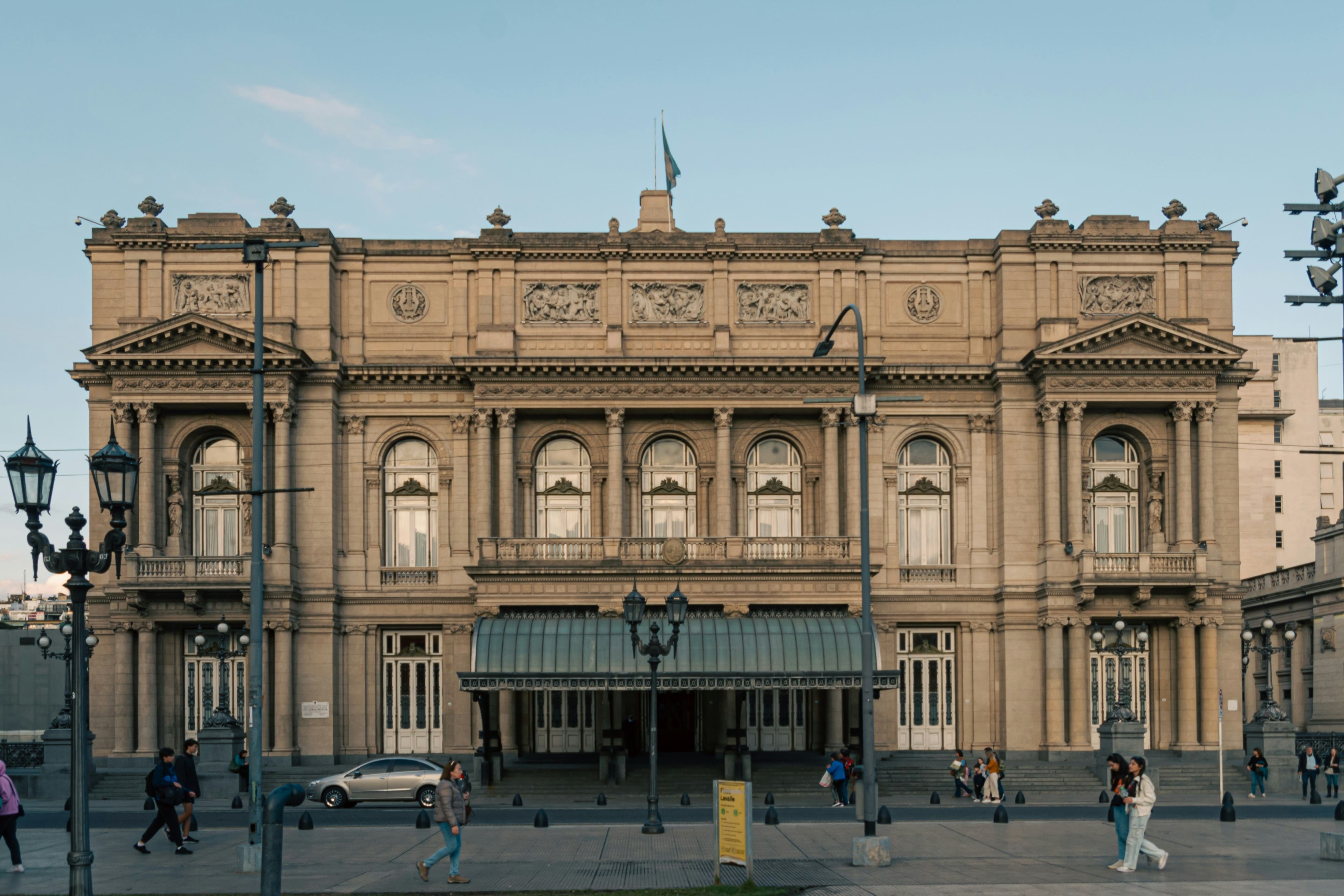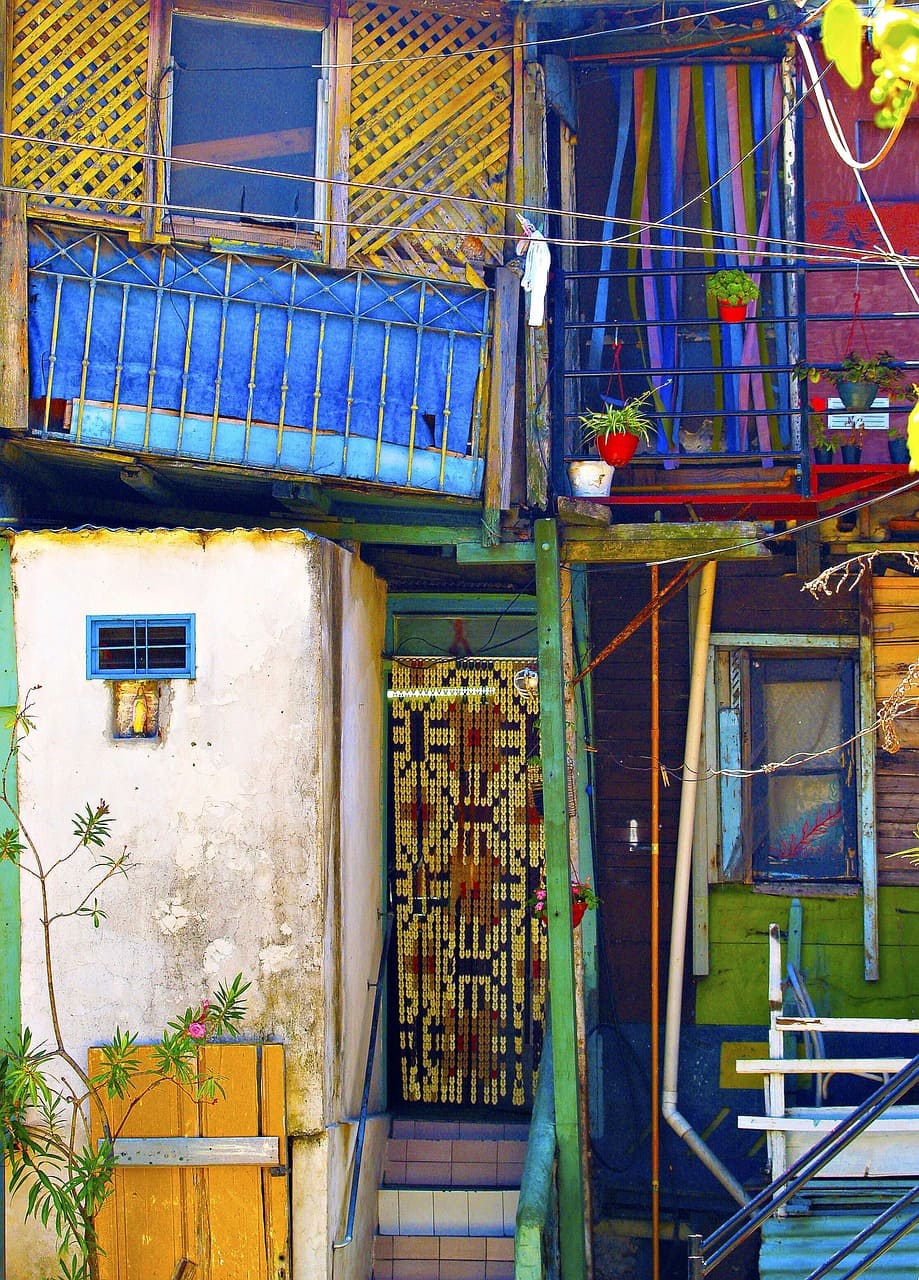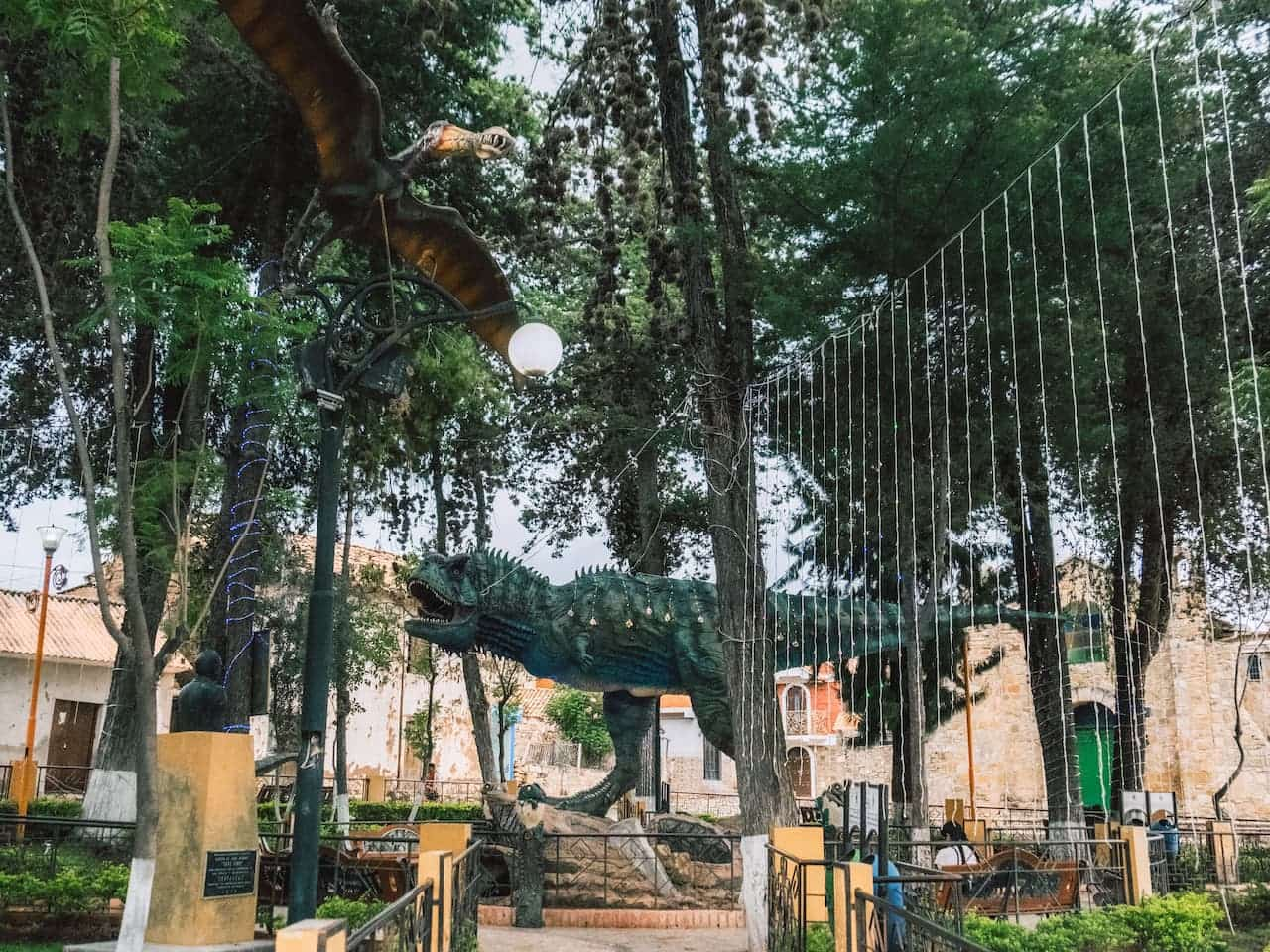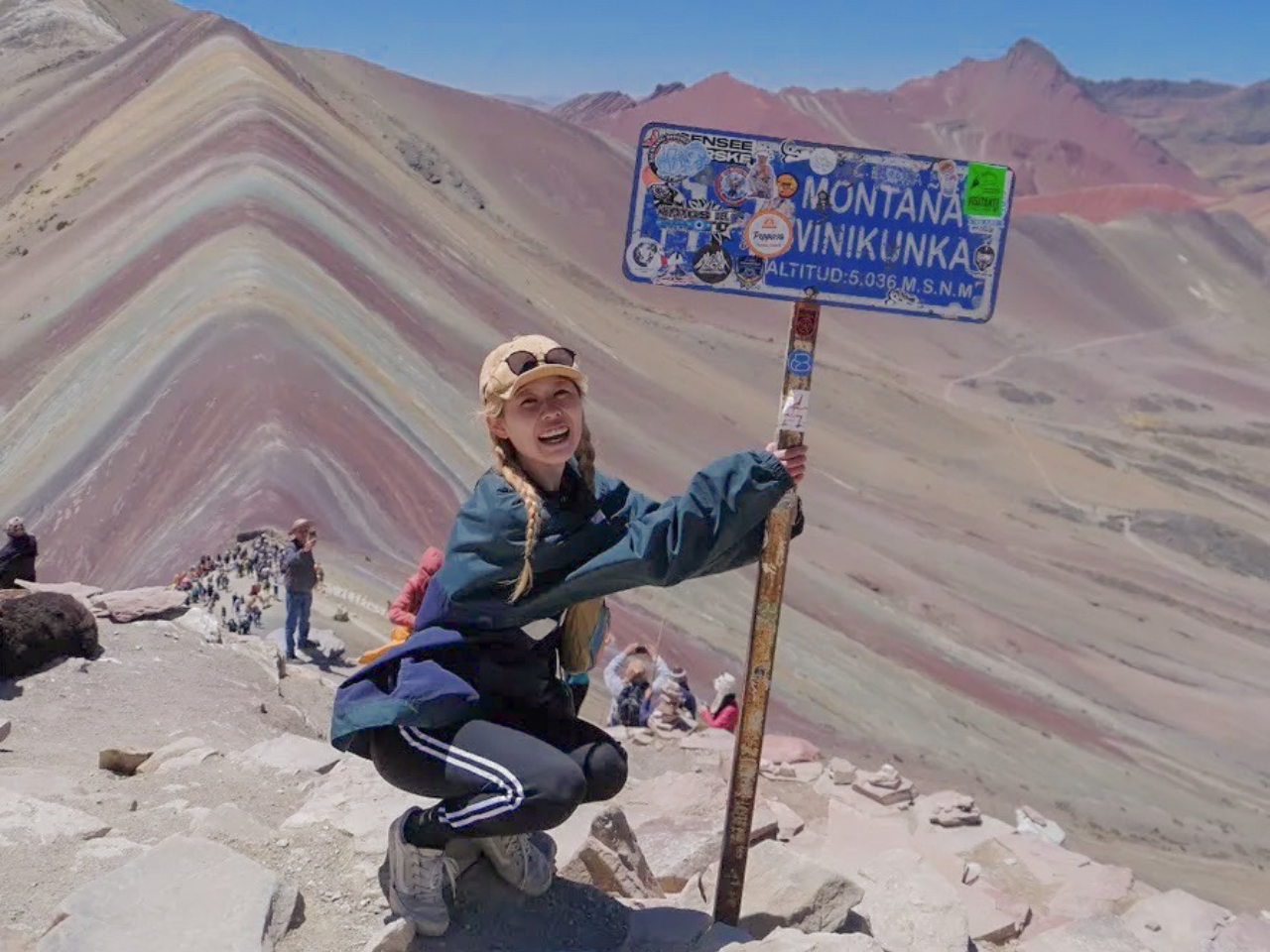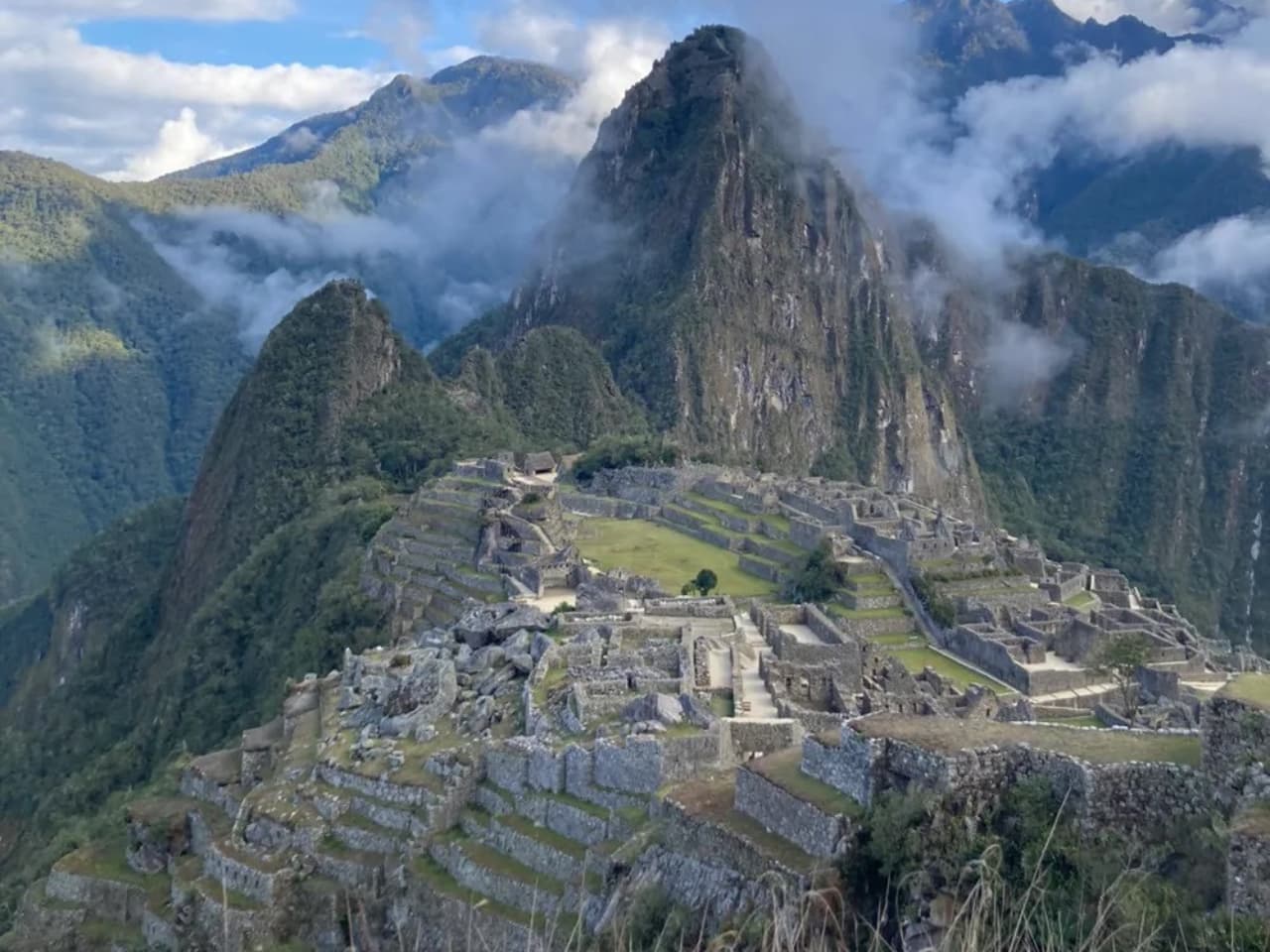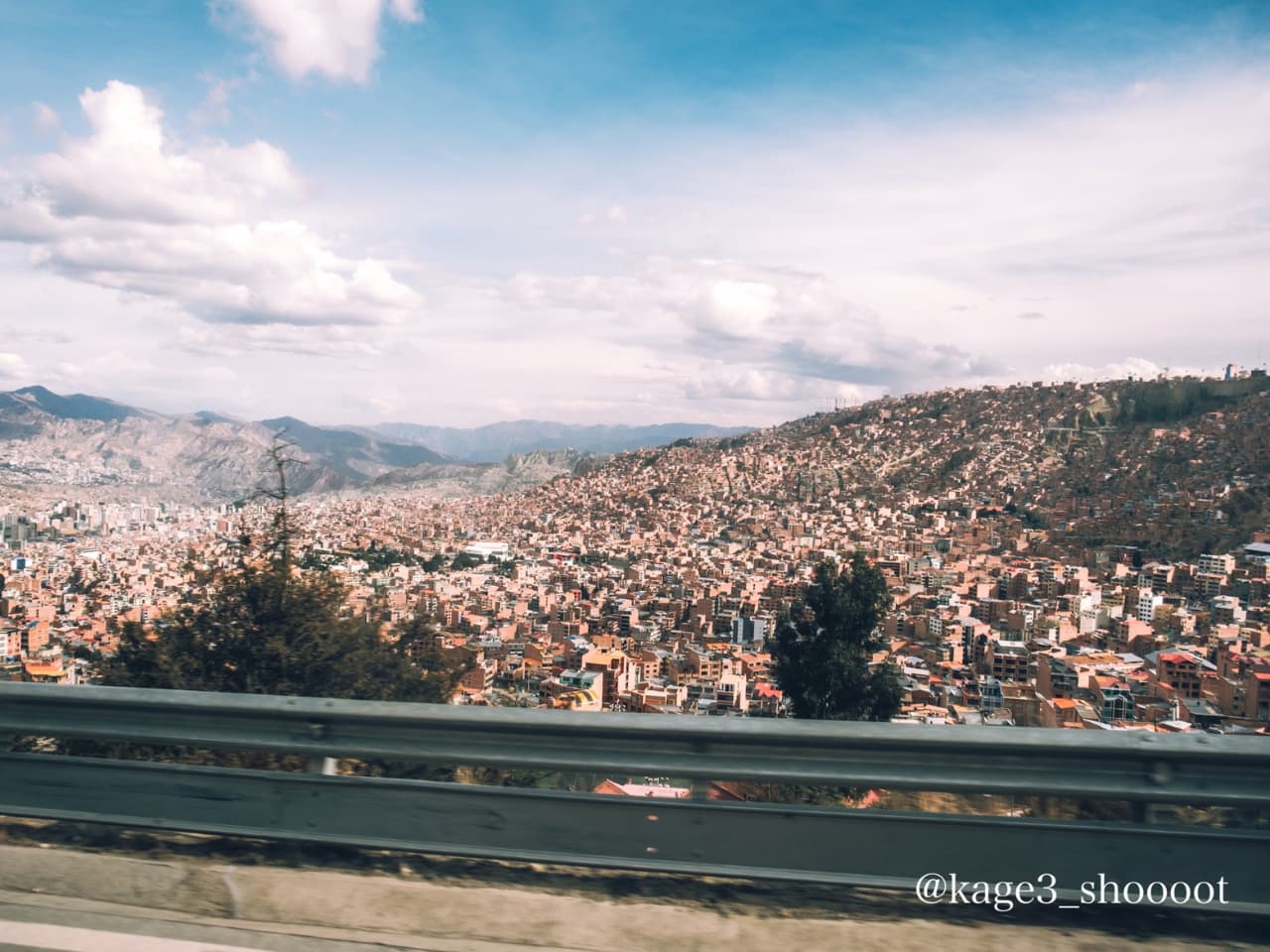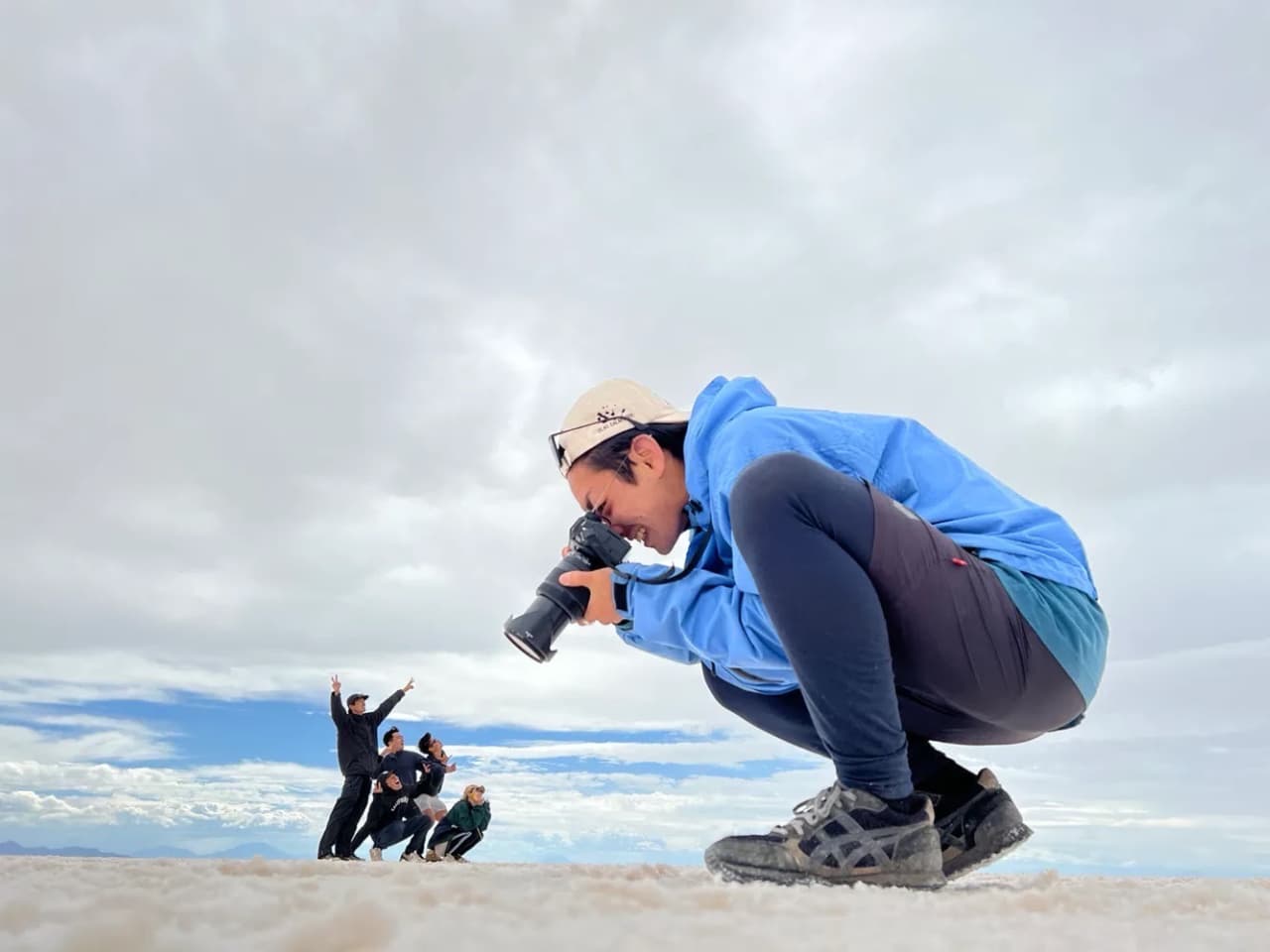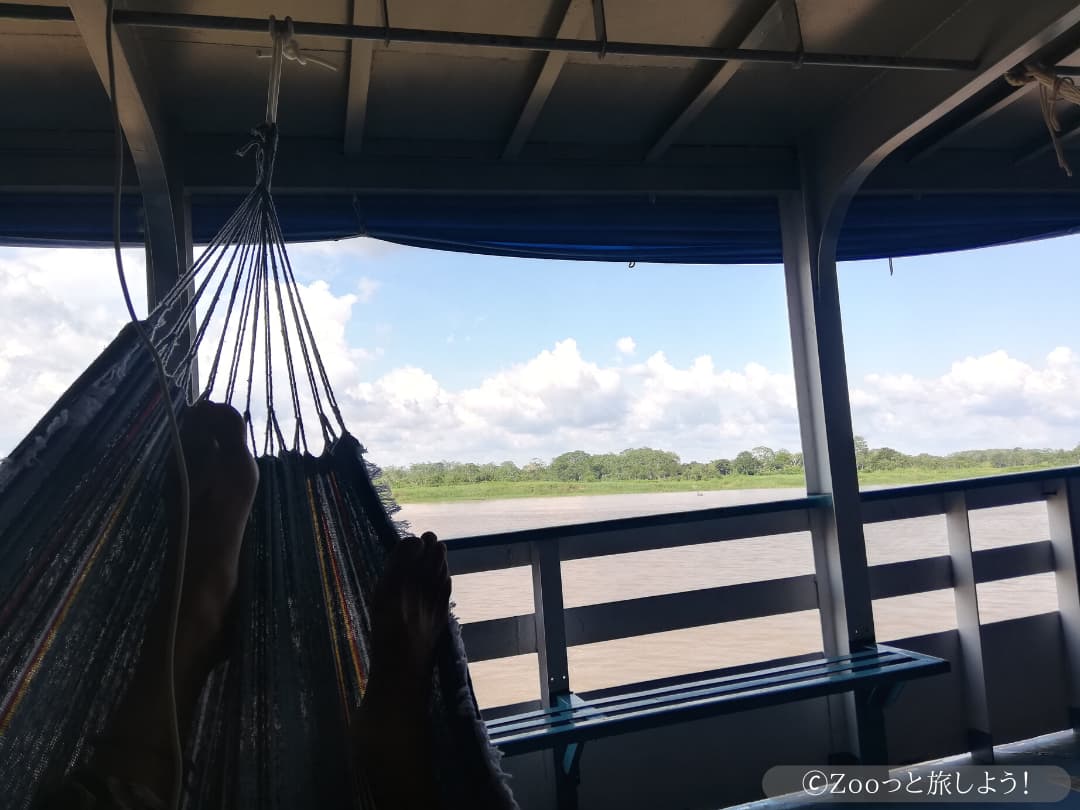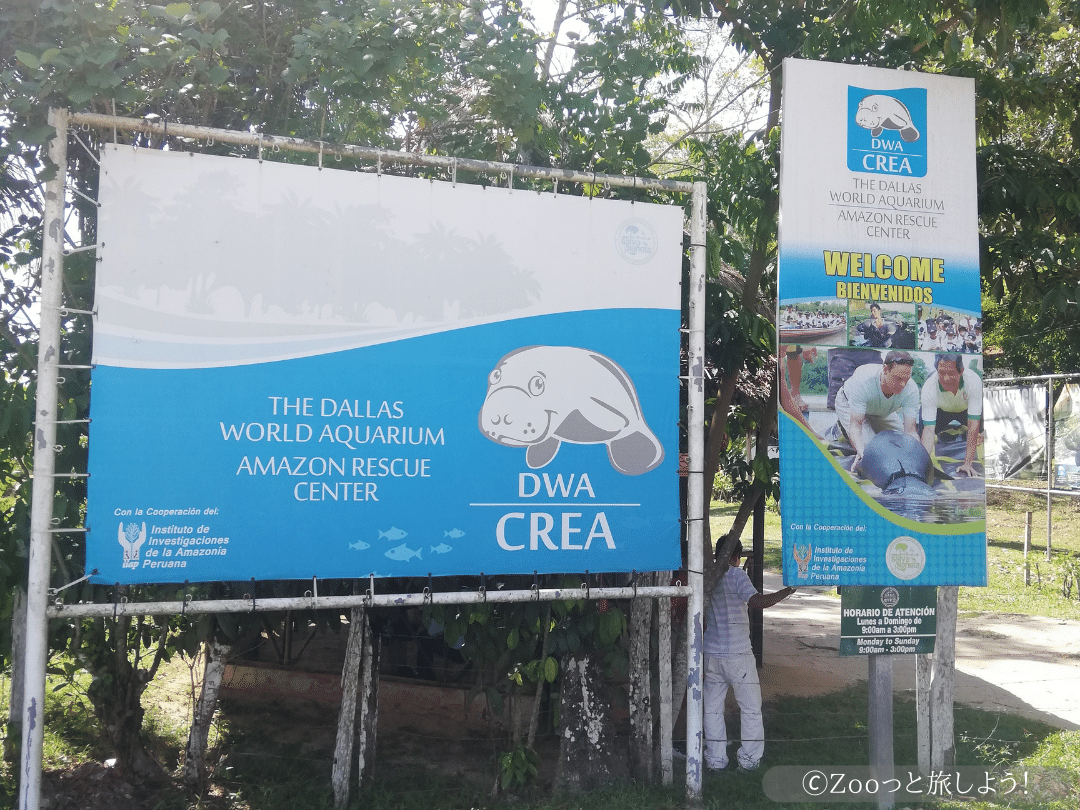The Amazon rainforest, boasting the world’s richest biodiversity, offers the most accessible and immersive tropical jungle experience in Ecuador’s Amazon region. Covering about one-third of the country, Ecuador’s Amazon—known as the “world’s most accessible pristine forest”—is only a 30-minute flight from the capital Quito or a 4-5 hour drive away. Embark on an adventure in this untouched natural treasure that will leave you with lifelong memories.
The allure of a jungle teeming with life.
Dubbed the “museum of life,” Ecuador’s Amazon is said to host around 100 species of plants per square kilometer. With over 150 species of palm trees alone and more than 500 types of orchids, the plant diversity is overwhelming. Cascading bromeliads, towering ceiba trees, and enormous water lilies floating on the surface create a landscape that feels otherworldly.
The wildlife is equally abundant, including pink dolphins, sloths, over 10 species of monkeys, more than 550 species of birds, and upwards of 100 species of bats. In particular, the dazzling blue morpho butterflies and vibrant Amazon parrots never fail to captivate visitors.
If you’re lucky, you might even catch sight of tracks left by elusive large cats such as jaguars, pumas, or ocelots.
Encounters with Indigenous Peoples—Repositories of Living Wisdom.
One of the unique charms of Ecuador’s Amazon is the opportunity to interact with indigenous communities that maintain traditional lifestyles. In areas inhabited by nine indigenous groups, including the Kichua, Shuar, and Achuar, ecotourism has flourished as visitors learn about their daily lives and cultural heritage.
In programs known as “community tourism,” you can stay in local villages and learn directly about herbal knowledge, traditional hunting methods, and how to make handicrafts. The wisdom they have developed while coexisting with the forest for thousands of years will offer us, living in modern society, a fresh perspective.
The Best Routes for an Amazon Adventure.
There are primarily two gateways to the Ecuadorian Amazon.
One route begins from the northern town of “Coca.” This popular course, which involves staying at lodges and reserves along the Napo River, offers the most accessible way to experience the Amazon. Notably, Yasuni National Park is known as one of the areas with the highest biodiversity on Earth and is even referred to as the “miracle forest” by researchers.
The other route originates from southern locations such as “Macas” and “Puyo.” It is suitable for those seeking a more authentic adventure, allowing visitors to explore indigenous villages and untouched primary forests. In particular, the “Kuyabeno Wildlife Reserve” is a popular spot for wildlife observation.
Accommodation Experiences—Luxury That Blends into the Jungle.
One of the highlights of an Amazon experience is the unique accommodations. Lodges along the river are often designed in an environmentally friendly manner that incorporates local architectural styles, blending into the forest while providing a comfortable stay.
Especially, places like the “Napo Wildlife Center” and “Sacha Lodge” are internationally acclaimed eco-lodges, where environmental considerations such as solar power and rainwater recycling are meticulously implemented.
For those seeking a more adventurous experience, a jungle camp with a local guide is highly recommended. Falling asleep to the sounds of creatures echoing through the night jungle will undoubtedly become an unforgettable memory.
An Amazon Experience to Engage All Your Senses.
The allure of an Amazon trip lies in its diverse range of activities. From canoeing down the river and taking night walks to canopy walks (traversing the upper layers of the forest), fishing, and wildlife observation, you can experience the rainforest from many different angles.
A highly recommended experience is a night jungle tour. As the sun sets, an entirely different ecosystem comes to life, revealing an Amazon that looks completely different from its daytime self. Countless eyes reflecting in flashlight beams and mysterious calls emanating from the trees make it feel like a scene straight out of a fantasy film.
Additionally, you can enjoy a wealth of cultural experiences, such as participating in the traditional purification ceremony called “Limpia” conducted by local shamans or tasting “chicha,” a fermented beverage passed down by indigenous peoples.
Practical Information—How to Prepare for a Comfortable Experience.
The Ecuadorian Amazon is open for visiting all year round, but December-March and July-August are relatively dry, making them a good choice for first-time visits. It is recommended to stay at least 3 nights and 4 days, preferably 5 days or more.
Essential items include a waterproof pack, quick-drying clothing, insect repellent spray, and a flashlight. Be sure not to forget your camera and binoculars. Preparations on the medical side, such as malaria prophylaxis and yellow fever vaccinations, are also important.
When booking a tour, choose companies that respect the principles of ecotourism, as doing so also helps in the conservation of this precious ecosystem.
In Conclusion—The Lessons the Forest Teaches.
The experience of the Ecuadorian Amazon is more than just a sightseeing trip—it is a profound educational journey. Immersing yourself in one of the richest ecosystems on Earth offers an opportunity to rediscover the deep connection between humans and nature.
Spending a few days away from civilization allows you to forget the hectic everyday life and reflect on the true meaning of “connection” and “coexistence.” The Ecuadorian Amazon is truly a journey of adventure, discovery, and introspection.
